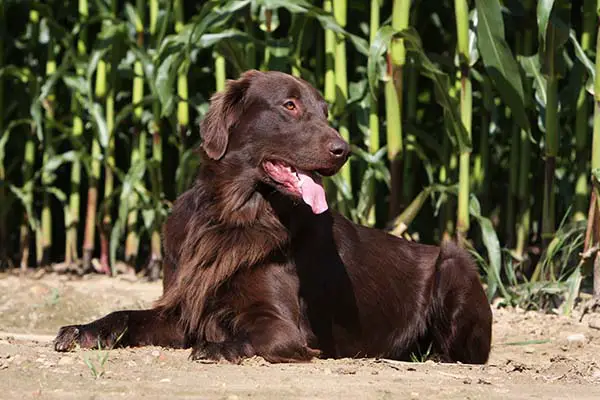The Flat-Coated Retriever, the Peter Pan of the Sporting Group, is a gundog with a very recent history. A competent Flat-Coat will retrieve a duck or a show ribbon with equal panache because it is content, confident, and wants to please. Glossy black or liver are the two color options for the Flat-Coated Retriever flat-lying coat, which has feathering at the legs and tail. The long head, which is unique to retrievers and a distinguishing breed characteristic, projects a wise and loving face. A Flat-Coat will be as tall as a Labrador Retriever, but from a distance, they appear thinner and more graceful. One of the happiest breeds of dogs, Flat-Coats are the world’s best tail-waggers.




 Health
Health Grooming
Grooming Exercise
Exercise Training
Training Nutrition
Nutrition